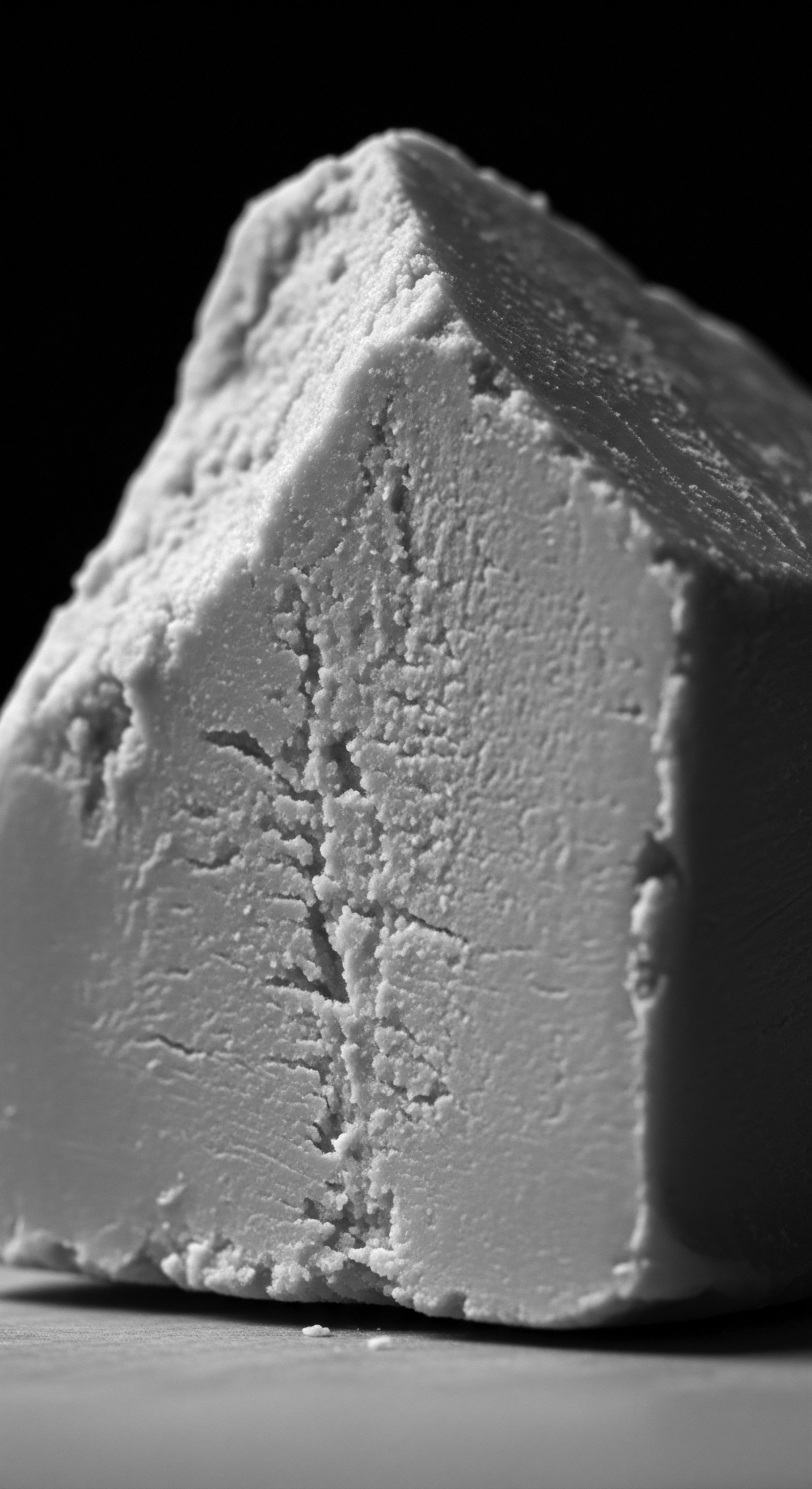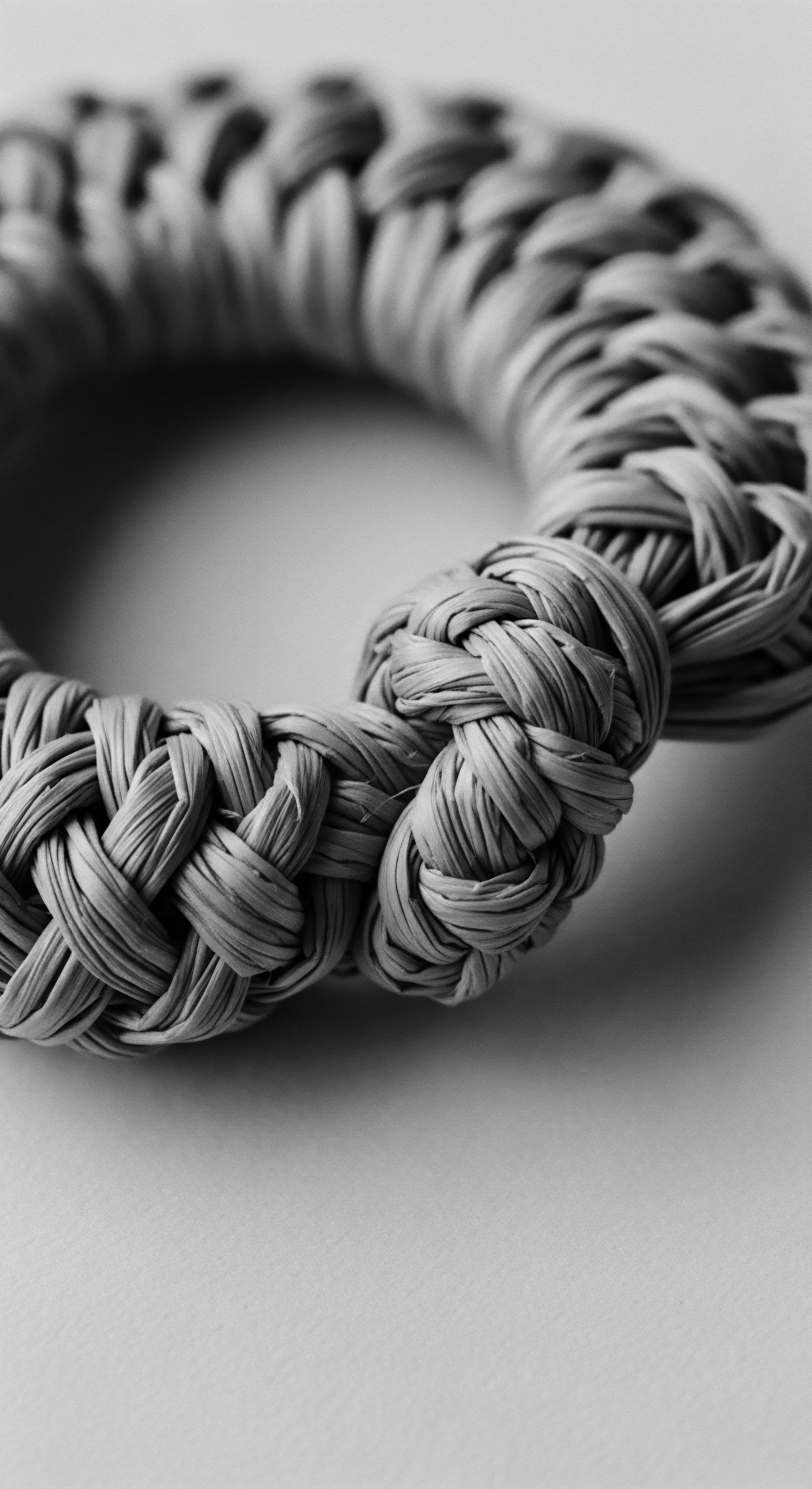
What is the historical significance of ancient Egyptian wigs in textured hair heritage?
Ancient Egyptian wigs symbolize early textured hair heritage, reflecting status, hygiene, and intricate styling artistry rooted in African ingenuity.
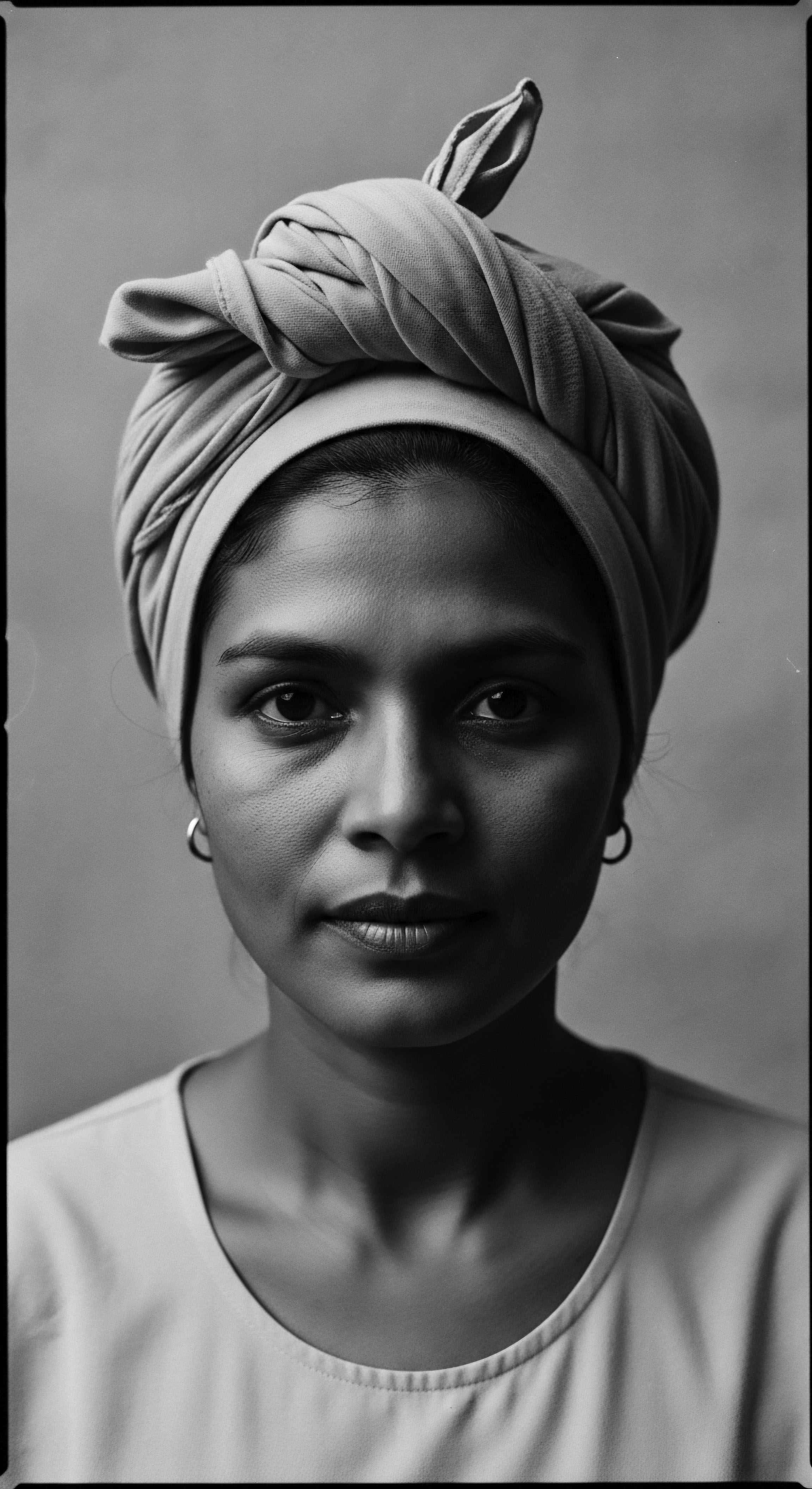
Lice Control
Meaning ❉ Lice Control is the comprehensive process of detecting, treating, and preventing head lice infestations through culturally informed and scientifically validated methods.
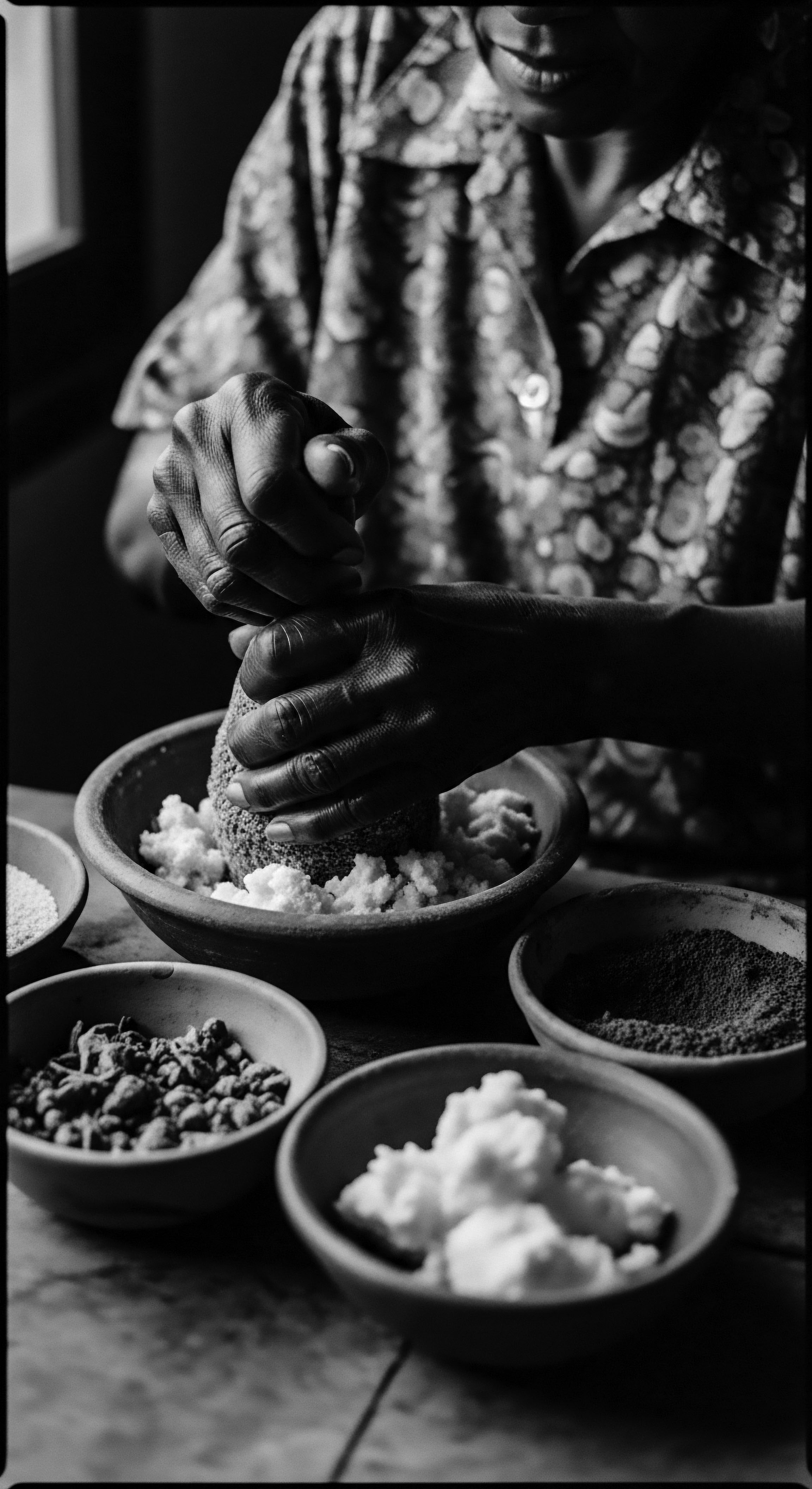
How does ancient Egyptian hair heritage connect to modern scalp health?
Ancient Egyptian hair heritage offers timeless lessons in holistic scalp care, particularly relevant for textured hair, rooted in ancestral practices.
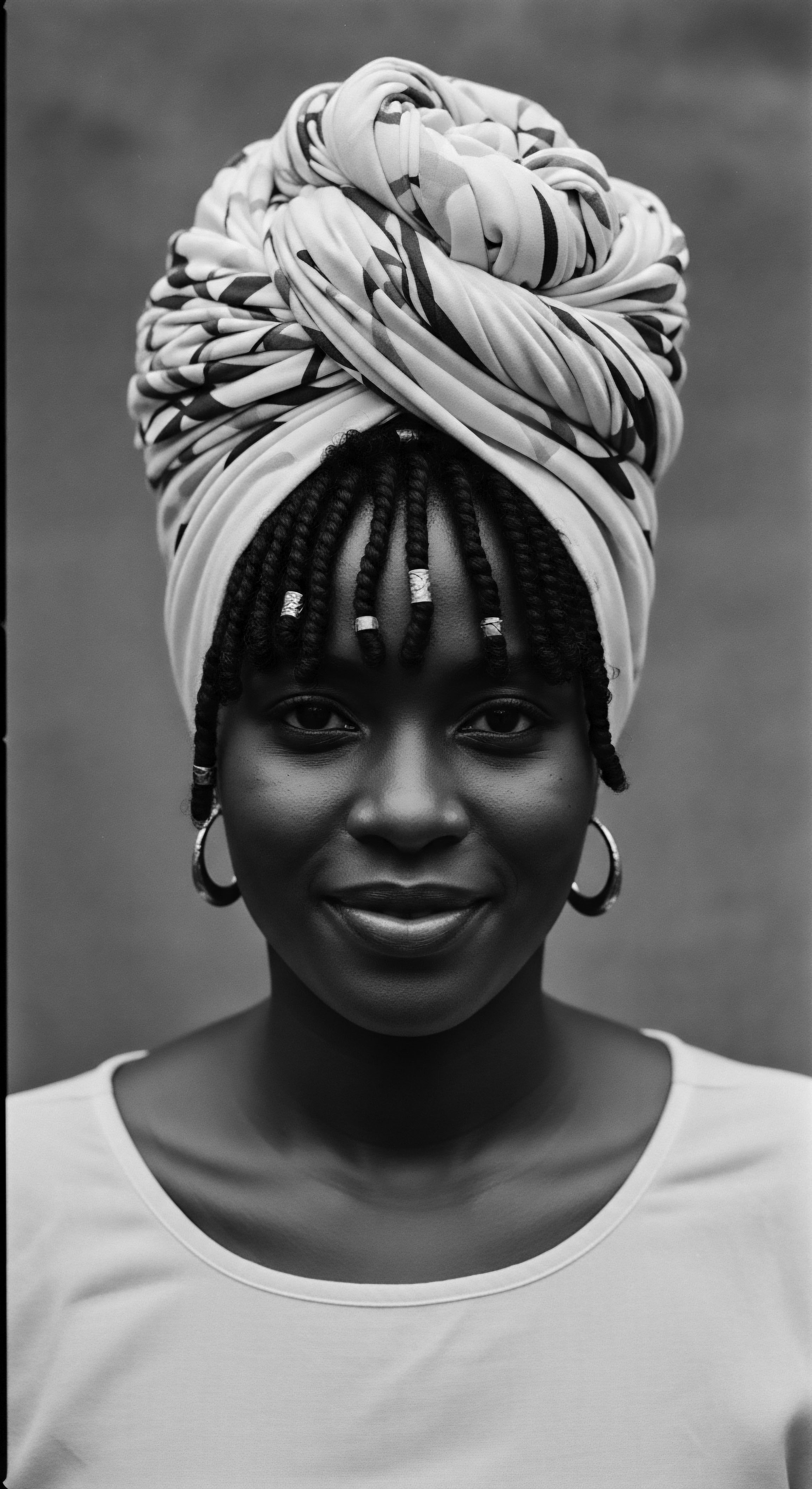
Lice Eradication
Meaning ❉ Lice Eradication refers to the thorough removal of head lice and nits, a practice woven into the historical and cultural care of textured hair.

How did ancient Egyptians cleanse their textured hair?
Ancient Egyptians purified textured hair with natural compounds like natron and early soaps, honoring hygiene and its profound connection to heritage.
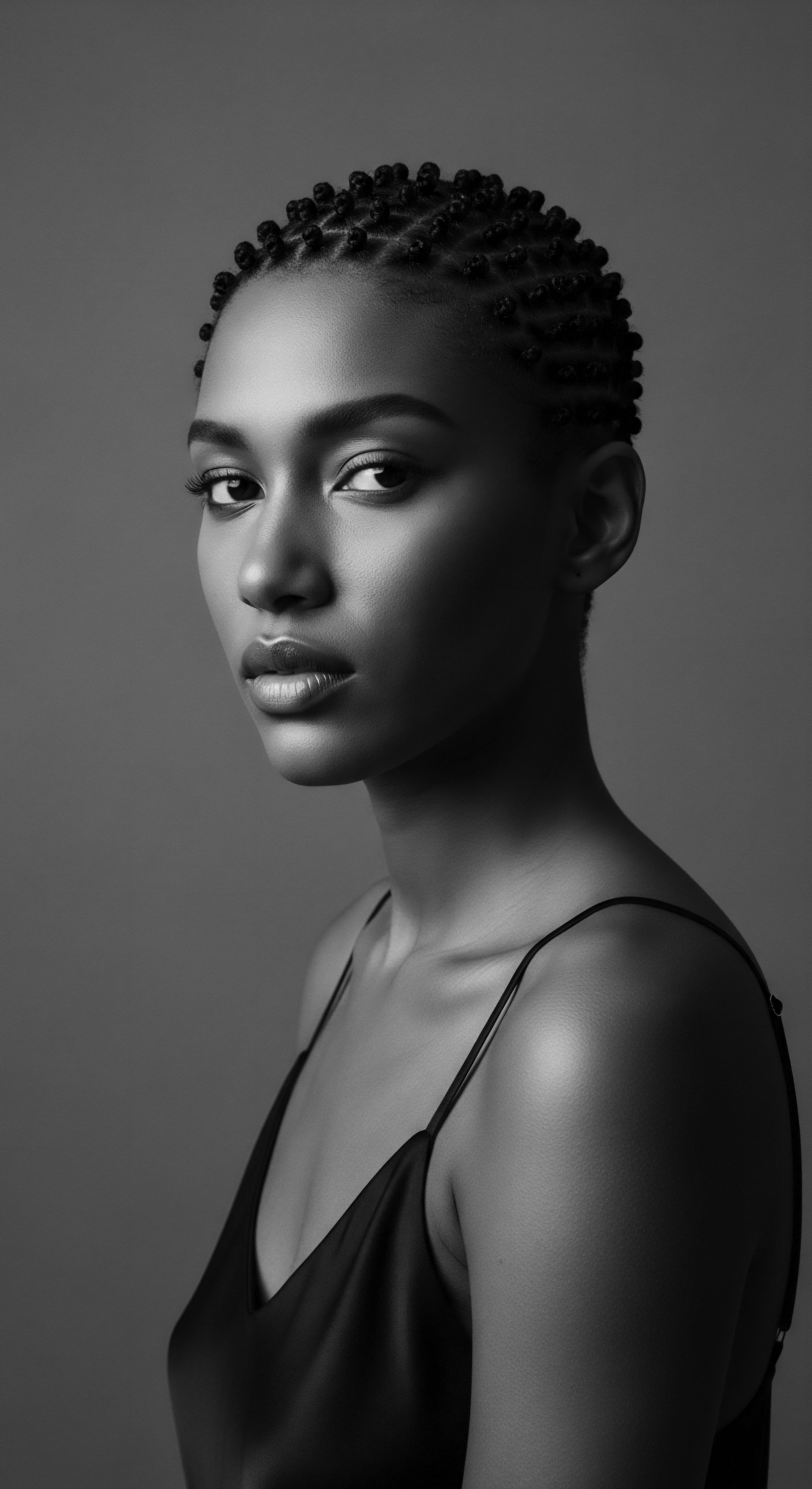
How did ancient Egyptians protect their hair from the elements?
Ancient Egyptians protected hair using wigs, natural oils, and meticulous hygiene, preserving hair health and reflecting heritage.
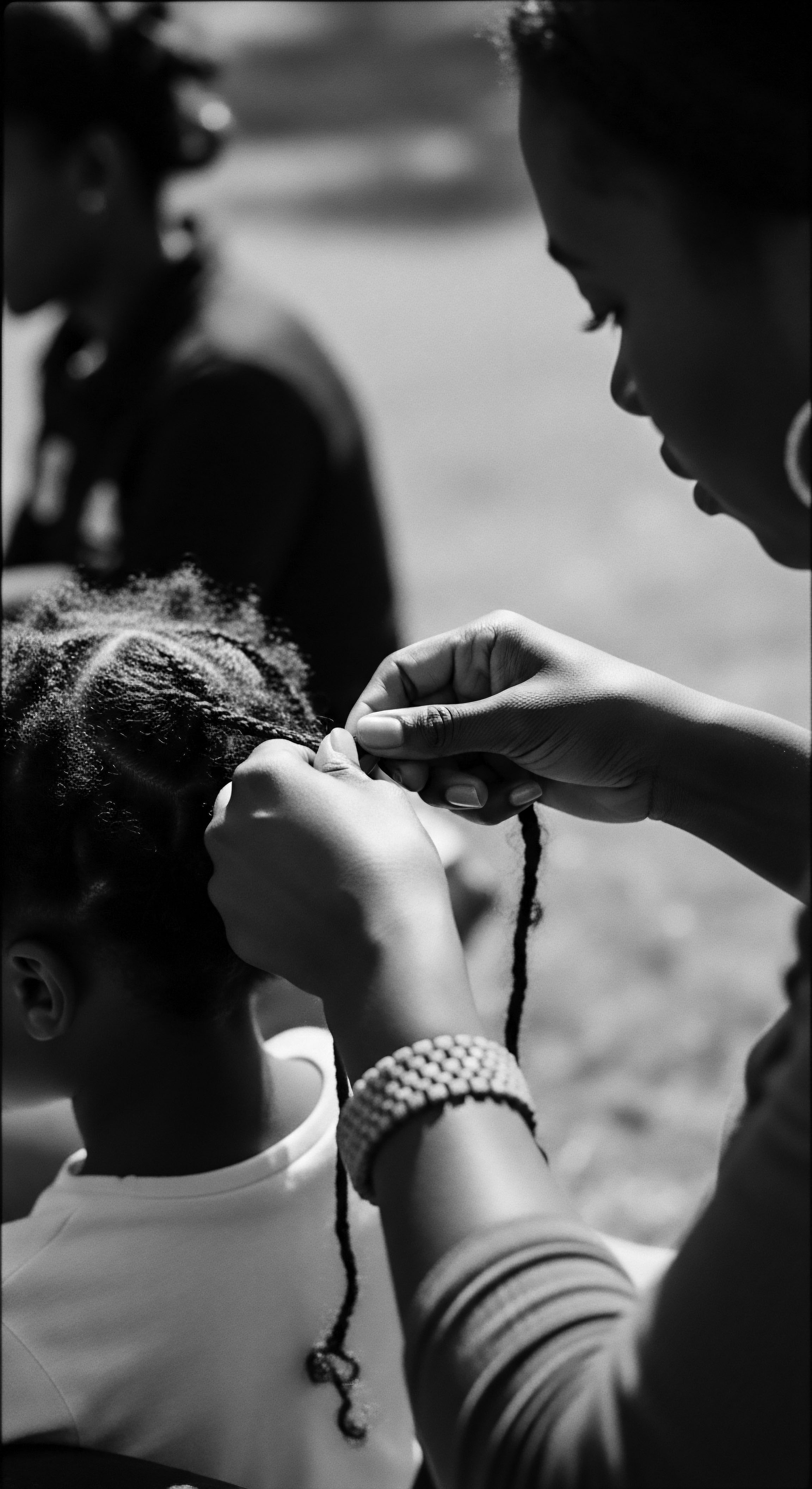
In what ways did ancient Egyptian hair care practices reflect a holistic understanding of textured hair’s properties and heritage?
Ancient Egyptian hair care practices demonstrated a holistic understanding of textured hair's properties through natural ingredients, protective styling, and ritualistic reverence for its heritage.

